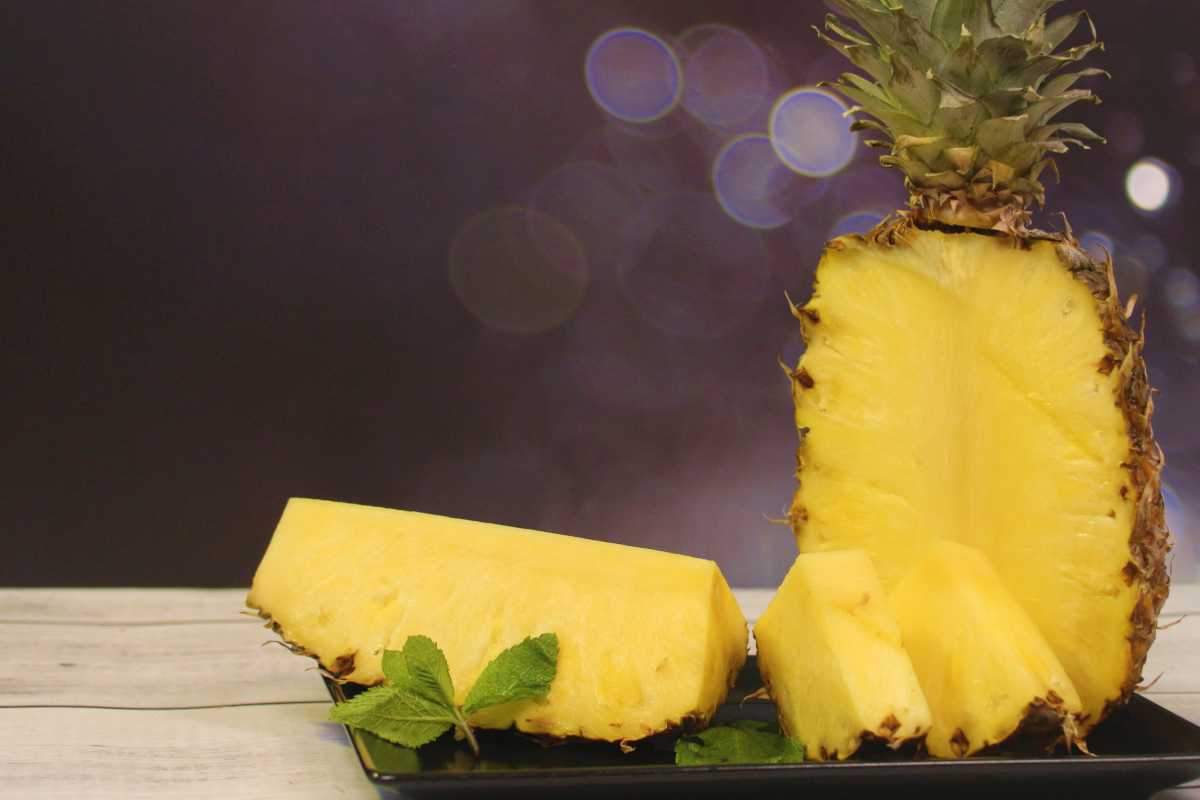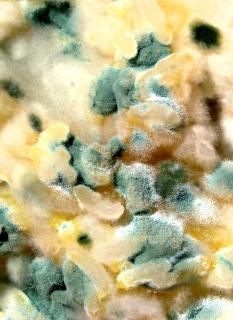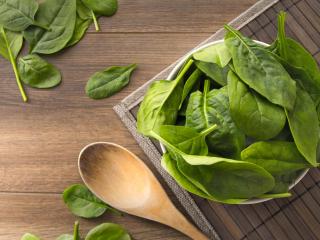Pineapple (Ananas comosus) is a herbaceous perennial plant native to the Central and South America. It belongs to the Bromeliaceae family.
This exotic fruit first spread to Europe at the end of the XVIIth century, and today it’s mostly consumed raw and fresh as fruit. Other manners of eating it include pineapple juice and exotic cuisine, and its many health benefits and great value for health lend pineapple quite a good reputation.
Health benefits of pineapple for the body
- With high levels of vitamin C and vitamin B, as well as polyphenols and flavonoids, pineapple boasts antioxidant properties that contribute to preventing the onset of various cancers and limit cardiovascular risks by neutralizing free radicals.
- Fiber-rich pineapple eases intestinal transit and regulates digestive disorders. In case of flatulence, it alleviates the feeling of discomfort in the lower abdomen.
- Diuretic and deworming properties have been attributed to pineapple.
- The digestive properties of pineapple make it an effective weight-loss partner: it transforms meat and fish proteins into peptides that are much easier to absorb and eliminate.
- Is your throat raw and sore? Drink pineapple juice in unlimited amounts!
- The stem of the pineapple fruit contains a powerful enzyme called bromelain which performs anti-inflammatory and wound-healing activity. It’s recommended to reduce pain resulting from arthritis and to treat inflammatory ailments impacting joints. Pineapple is very useful when treating certain edemas.
- Applied topically, pineapple speeds healing of wounds, light burns and insect bites thanks to its antiseptic and decongestant properties. It also soothes cutaneous conditions.
Growing pineapple for its health benefits
- To thrive, pineapple requires sun and heat (a minimum of 60°F (15°C) is needed). The soil must be light, fibrous, drain well, and contain a lot of humus.
- Pineapple requires heat. In temperate countries, it’s grown especially as an indoor plant, in pots 8 inches (20 cm) deep minimum.
- Be on the lookout for scale insects that really love the pineapple plant.
Cooking with pineapple for its health benefits
Pineapple fruit is juicy, fragrant, and both acidic and sweet. It’s delicious when eaten fresh, either on its own or paired with other fruits. It can be used as an ingredient for cakes, pies, mousses, etc.
It’s one of the most common fruits to add to sweet & sour preparations like curry, meats, fish, etc.
Credits for images shared to Nature & Garden (all edits by Gaspard Lorthiois):
Pineapple on a black plate by Andy M. under Pixabay license
Pineapple on a black plate by Andy M. under Pixabay license





I have a question
Ask my questionI'd like to comment
Post a commentNo comments yet – be the first to share your thoughts!